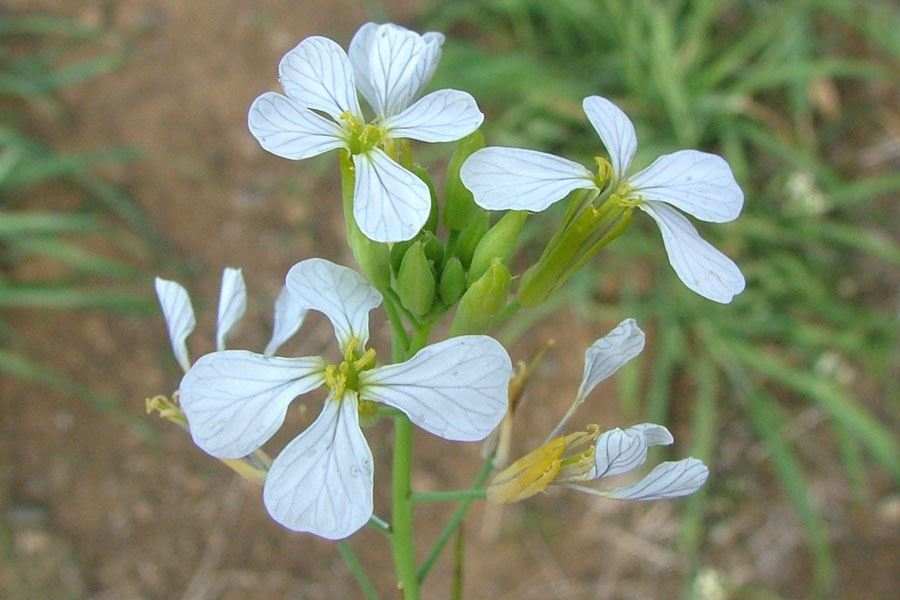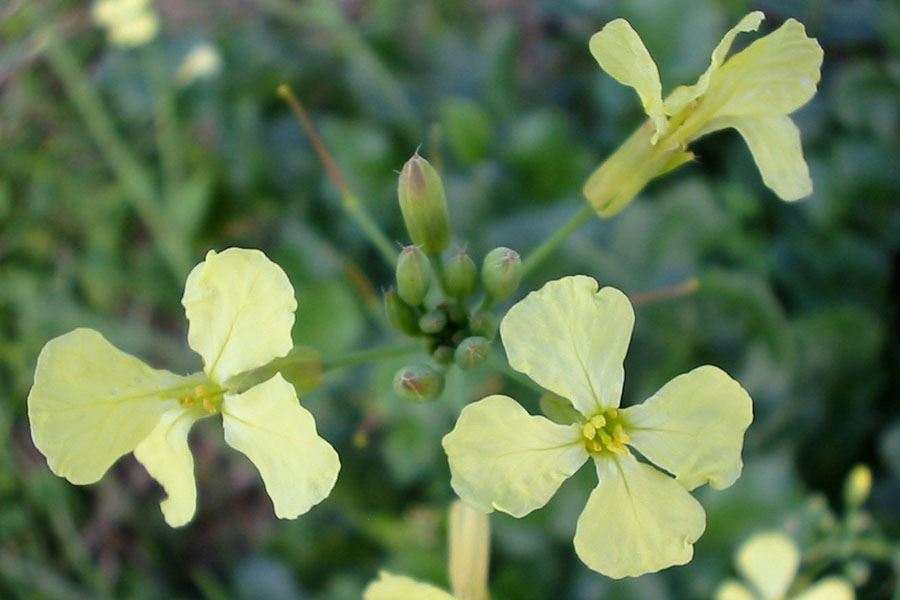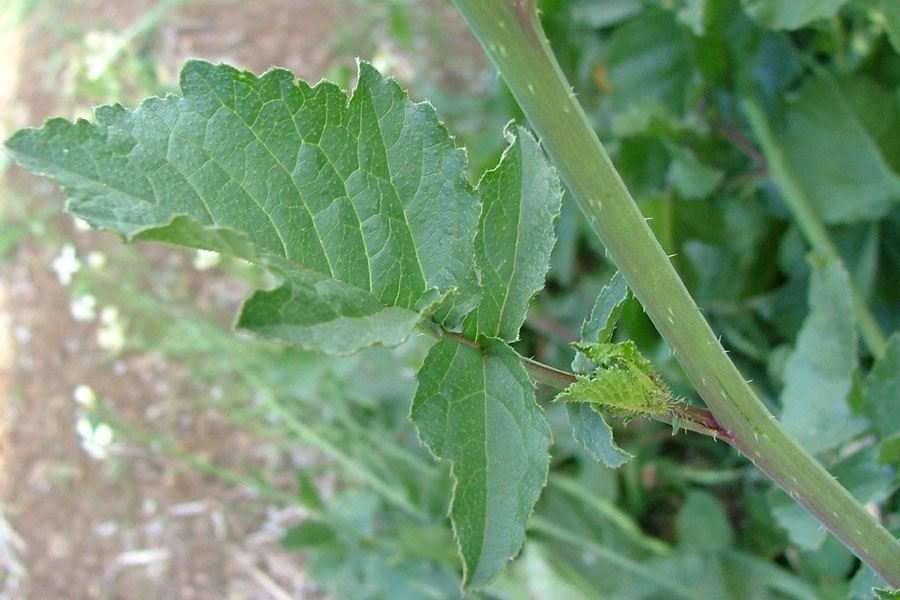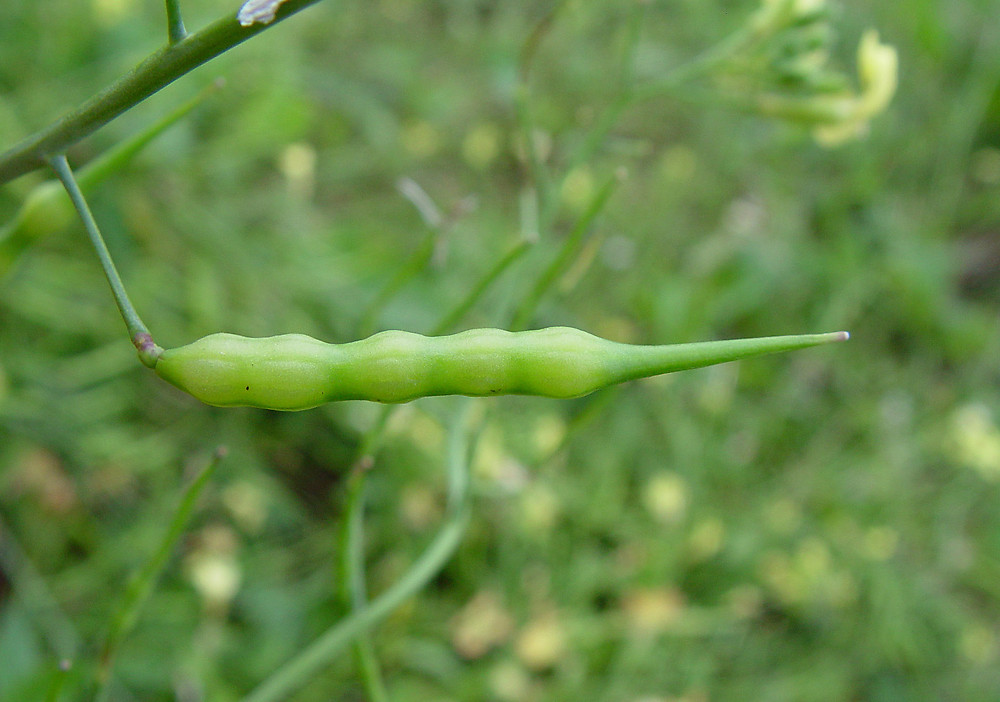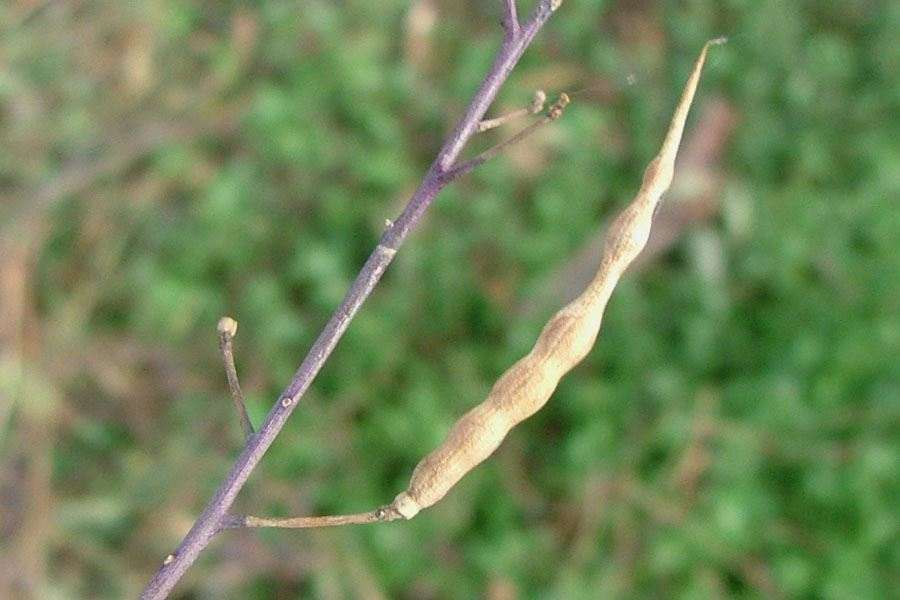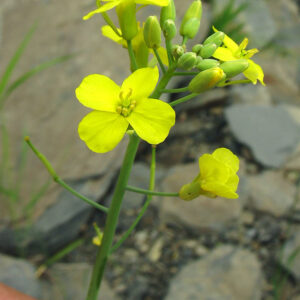| Bibliographic references: |
|
| First: Encyclopedia Flora of Libyan: |
|
| Ali, S.I. & Jafri, S.M.H. (1977) Flora of Libya, Brassicaceae Vol. (23) Department of Botany, Al-Faateh Univ., Tripoli, Libya. |
|
| Second: Researches and PhD theses, master theses , Sorted by Newest: |
pdf files |
| Mukassabi, T.A., Thomas,P.A., ELMogasapi, A.(2017) Medicinal plants in Cyrenaica, Libya: existence and extinction. Biological Diversity and Conservation – 10/2 (2017) 183-192. https://bit.ly/44GKtLd, https://eprints.keele.ac.uk/id/eprint/4064/ |
Medicinal plants in Cyrenaica 2017 |
| Najah, A. M. (2016) The Natural Plant (Sidi Omir-Kasr El Khiar-Ghanima) as a model. Journal of Humanities, Scientific and Social Sciences, Faculty of Arts and Sciences, Qasr Kheyar, Al-Mirqab University, Issue 2, pp. (109-145). (In Arabic) http://khsj.elmergib.edu.ly/2016_2_ar.pdf |
|
